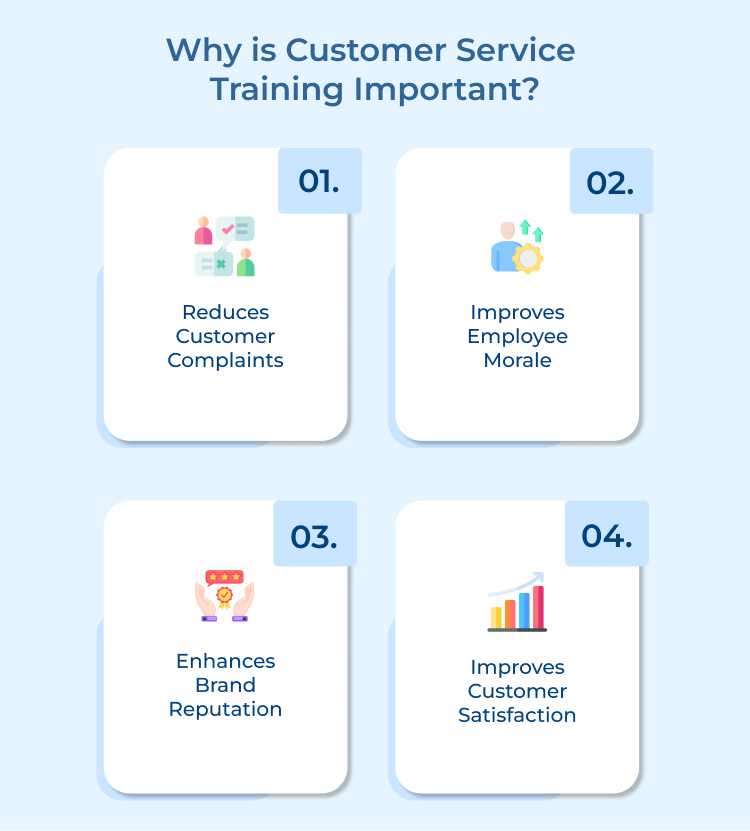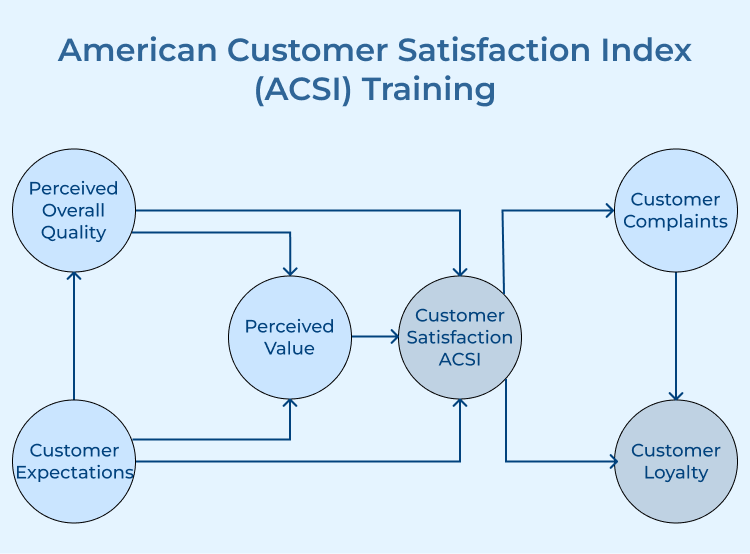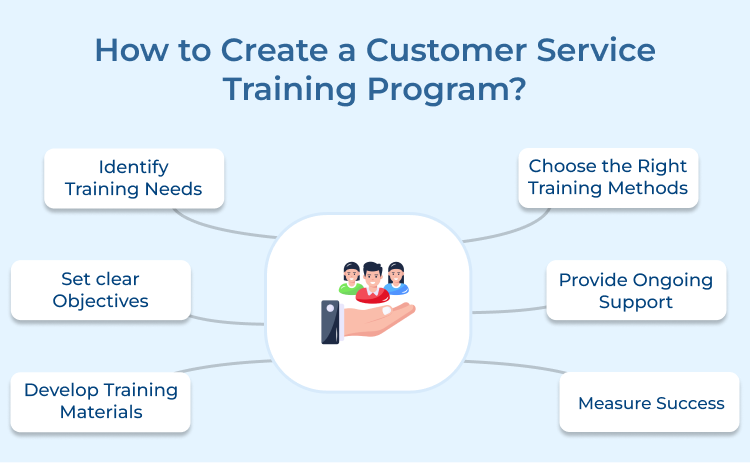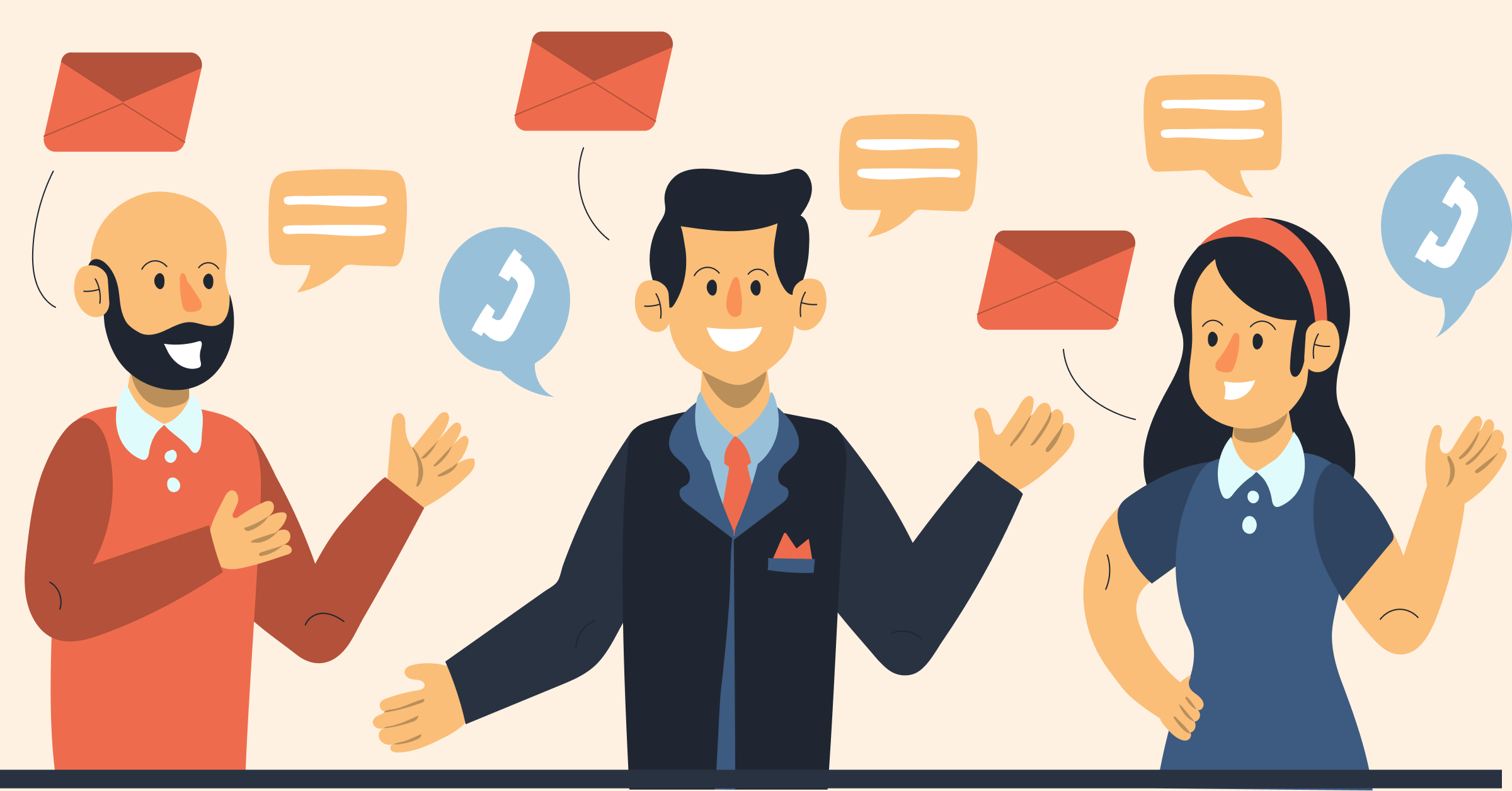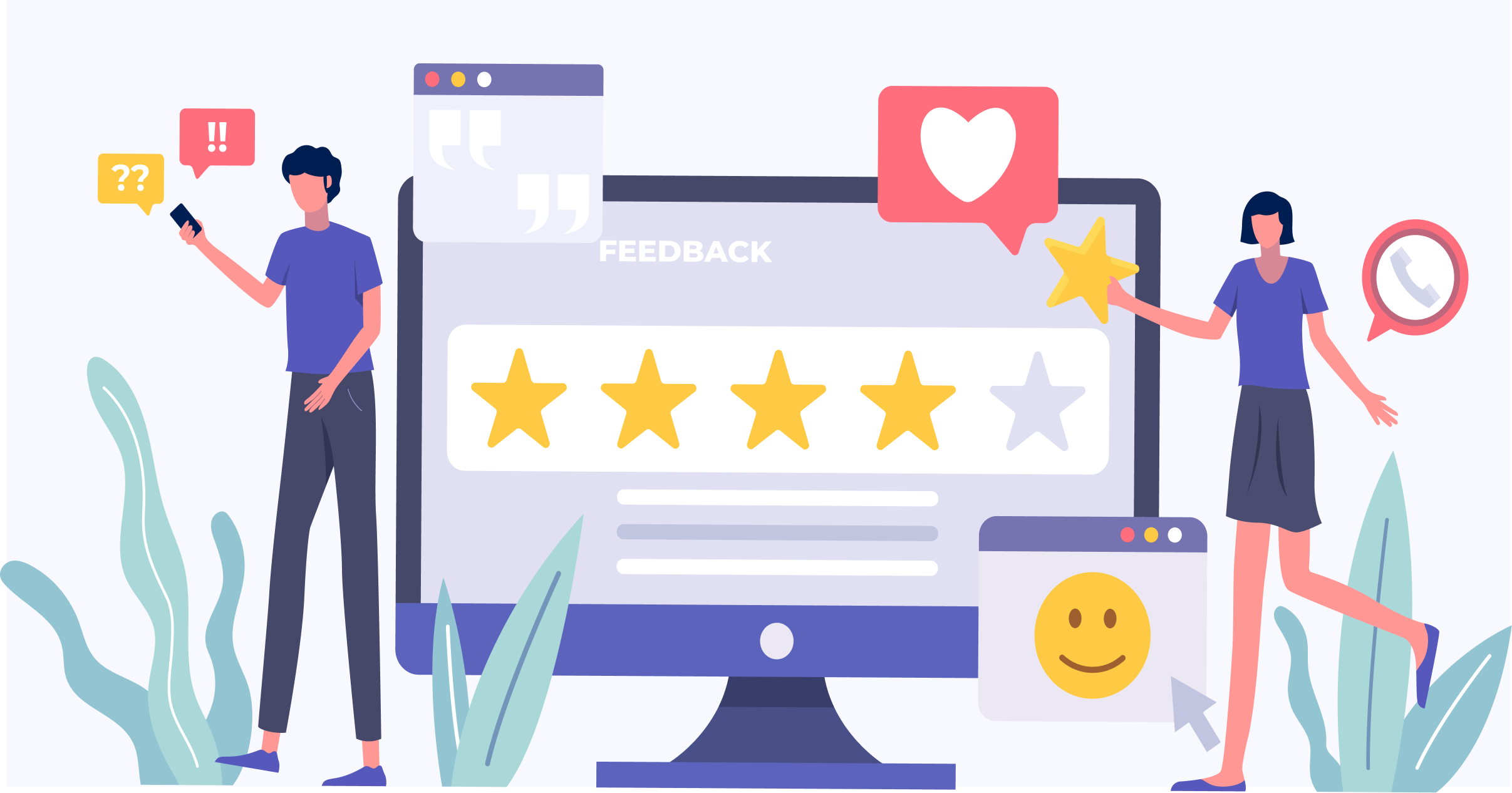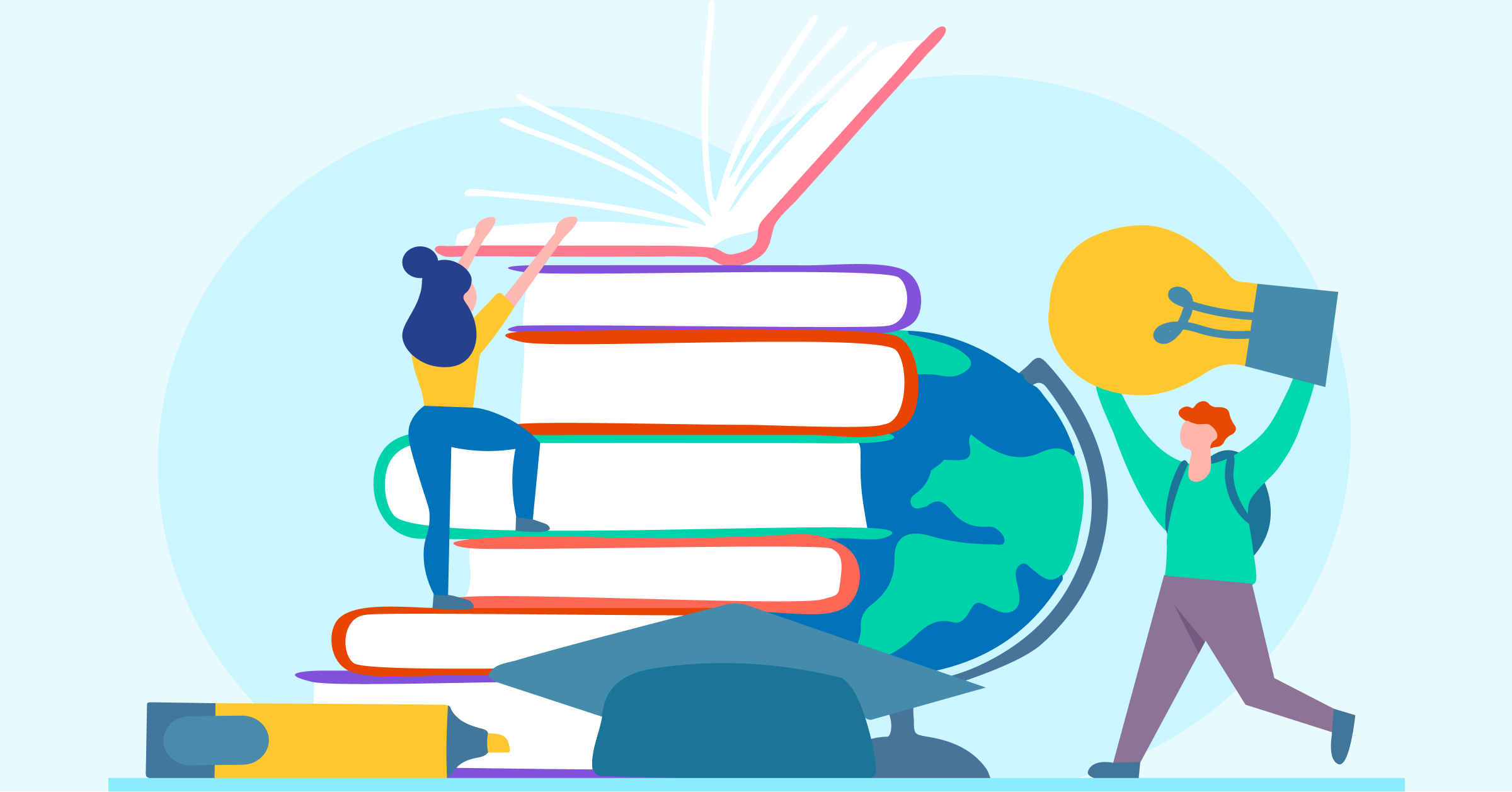1. Active listening training: Active listening is a crucial skill for customer service representatives. This type of training helps employees listen attentively to customers, understand their needs and concerns, while responding appropriately. Active listening training helps employees improve their communication skills and build strong relationships with customers.
2. Teamwork training: Customer service is often a team effort, requiring employees to work together to solve problems and provide excellent service. Teamwork training helps employees collaborate effectively with their colleagues, share information and support each other in delivering great customer service.
3. Conflict resolution training: Dealing with difficult customers or resolving conflicts can be challenging for customer service representatives. Conflict resolution training teaches employees how to handle conflicts professionally, de-escalate tense situations and find mutually beneficial solutions for both the customer as well as the company.
4. Technology training: Customer service often involves using various technology tools and platforms to assist customers. Technology training helps employees become proficient in using customer service software, social media platforms, live chat services and other digital tools to provide efficient support to customers.
5. Live chat customer service training: Live Chat Customer Service Training focuses on teaching customer service representatives how to effectively communicate with customers through live chat platforms. Providing training on how to handle customer inquiries, issues and complaints in real-time helps improve customer loyalty.
6. Time management training: Representatives often face high call volumes and tight deadlines, requiring them to manage their time effectively. Time management training helps employees prioritize tasks, organize their workload and optimize their productivity to provide timely as well as efficient service to customers.
7. New hire customer service training: New Hire Customer Service Training is an essential component of different types of customer service training programs. This type of training provides new employees with the necessary knowledge for an effective customer interaction, handling inquiries and resolving issues.
Transform Your Support Team with Customer Service Training
Investing in customer service training for your support team can have a significant impact on the success of your business. Provide your team with the right skills and knowledge they need for an effective customer interaction as well as resolve issues promptly, you can improve customer loyalty.
Training can help your team deliver consistent, high-quality service, leading to stronger customer relationships and increased customer retention. So, don’t hesitate to transform your support team with customer service training, as the benefits are clear and will help set your business apart in a competitive marketplace.
